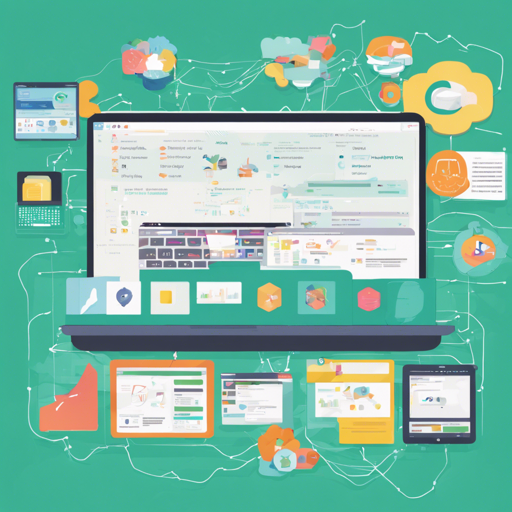Spring Integration is a powerful framework that extends the Spring programming model to simplify the creation of enterprise integration solutions. It enables lightweight messaging between Spring-based applications and offers a way to integrate with external systems using declarative adapters. This blog will guide you through the installation, setup, and some basic concepts of Spring Integration, so let’s dive in!
Understanding Spring Integration
Think of Spring Integration as a city’s public transportation system. Just as buses, trains, and taxis help people move from one place to another efficiently, Spring Integration allows data and messages to travel seamlessly between different parts of an application or even different applications. Here, the various transport modes (buses, trains, taxis) represent different components, while the passengers represent messages. The goal is to make sure everything runs smoothly without any component needing to know about the others directly.
Installation and Getting Started
Before diving into coding, you’ll first need to set up your development environment with the necessary dependencies in your project configuration file.
Step 1: Add Dependencies
If you are using Maven or Gradle, you will need to declare the Spring Integration dependencies.
org.springframework.integration
spring-integration-core
For Apache Kafka support, simply add:
org.springframework.integration
spring-integration-kafka
Step 2: Enable Spring Integration
To activate Spring Integration within your application context, you’ll need to use annotations:
@EnableIntegration
@Configuration
public class ExampleConfiguration {
// Your integration flows will be defined here
}
Checking Out and Building the Project
If you want to explore the Spring Integration project from the source, follow these commands in your terminal:
git clone git@github.com:spring-projects/spring-integration.git
cd spring-integration
./gradlew clean test
You can also run a more thorough test:
./gradlew clean testAll
This will run additional long-running integration tests, but be aware that it might take longer to complete.
Troubleshooting Installation Issues
Even the best systems encounter glitches! Here are some common issues and tips for resolving them:
- **Dependency Conflicts**: Ensure you have the correct versions of Java (17 or higher) and that all dependencies are correctly declared in your build file.
- **Build Errors**: If the build fails, try running it with the `–continue` flag to ignore failing tests in certain modules.
- **IDE Issues**: If you’re using Eclipse or IntelliJ, ensure the necessary plugins are installed for proper Gradle support.
For more insights, updates, or to collaborate on AI development projects, stay connected with fxis.ai.
Conclusion
Spring Integration is an invaluable tool for developers looking to build scalable and maintainable integration solutions. Through its use of messaging patterns and declarative adapters, your applications can communicate efficiently without tight coupling. At fxis.ai, we believe that such advancements are crucial for the future of AI, as they enable more comprehensive and effective solutions. Our team is continually exploring new methodologies to push the envelope in artificial intelligence, ensuring that our clients benefit from the latest technological innovations.

